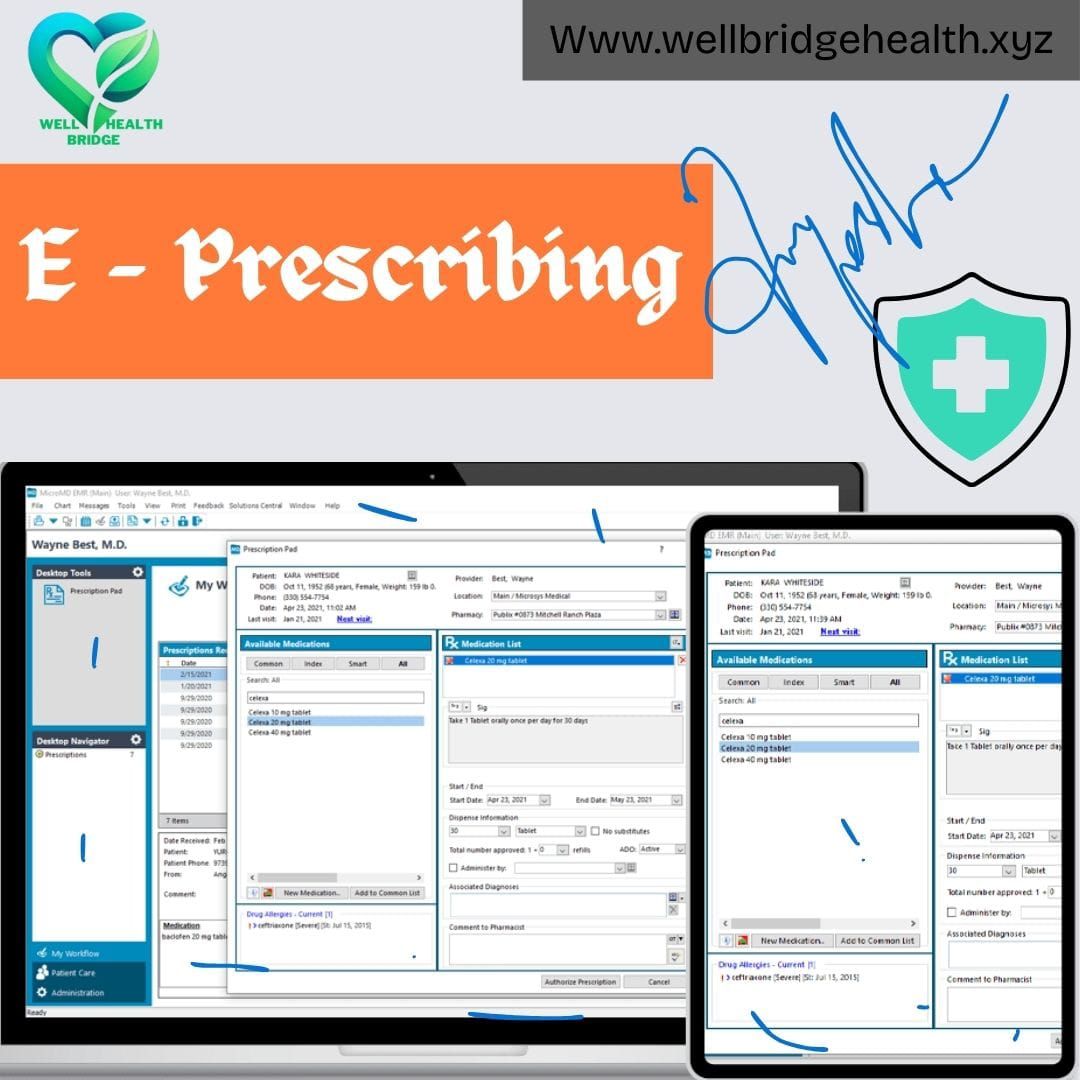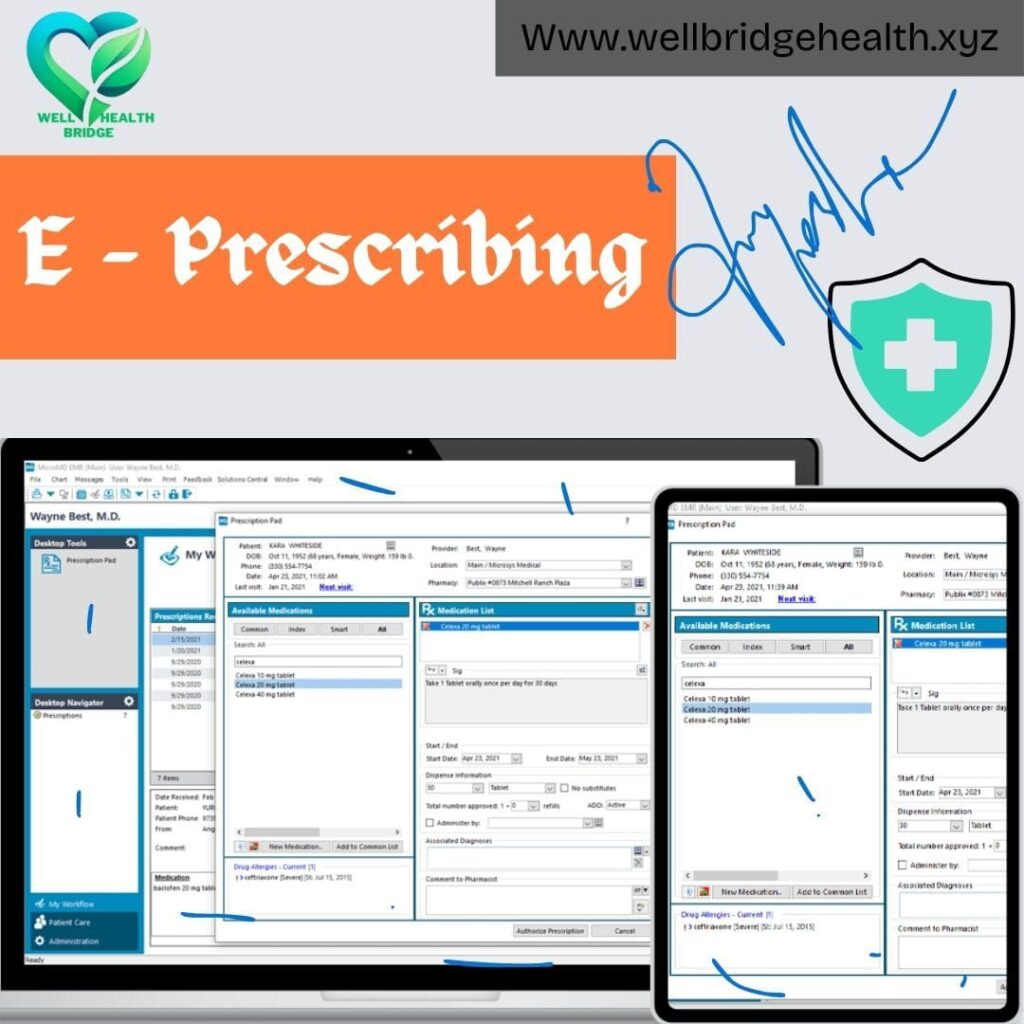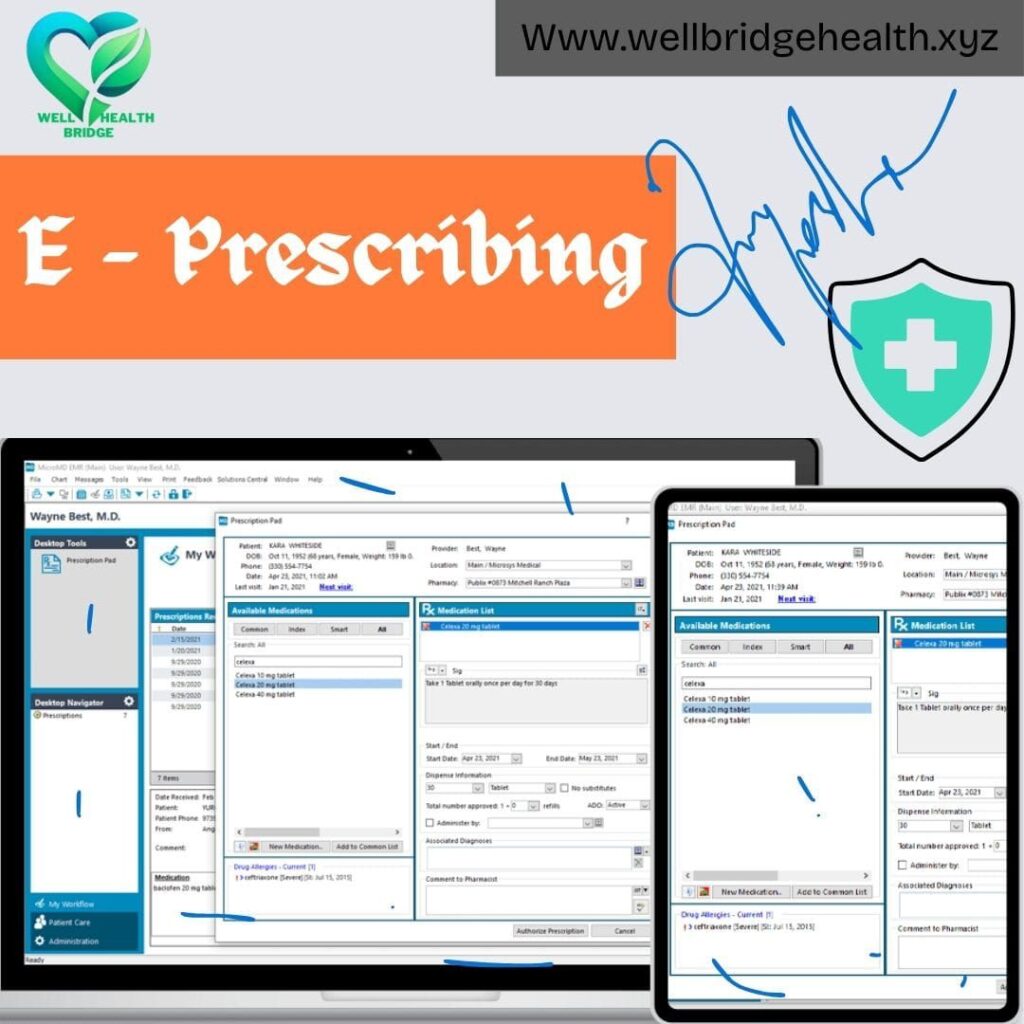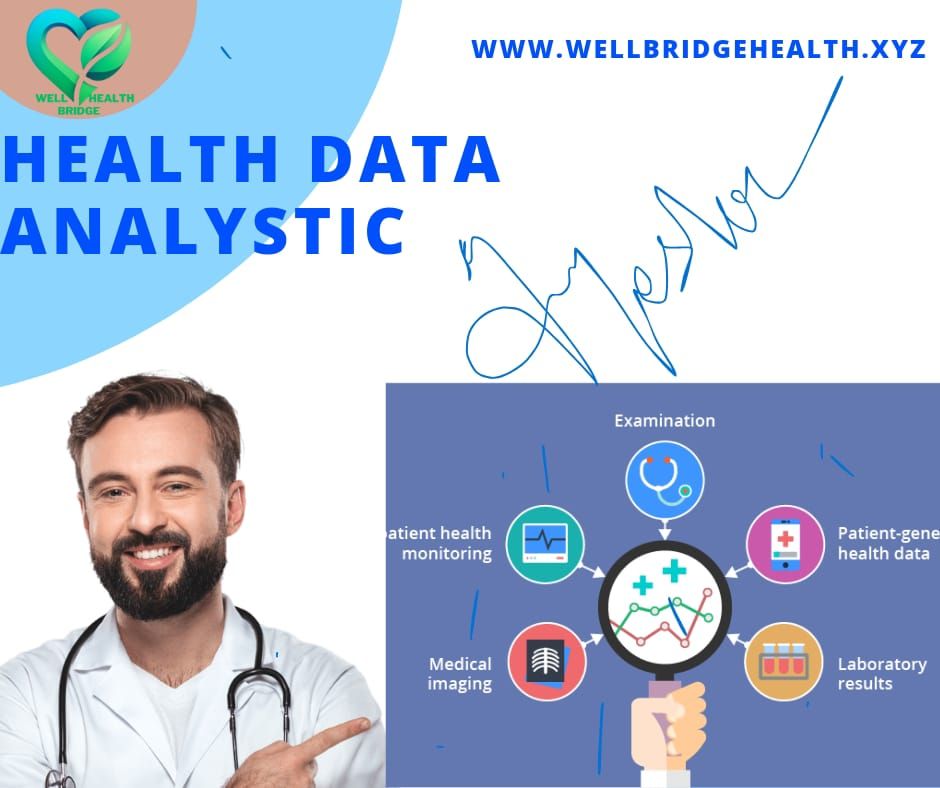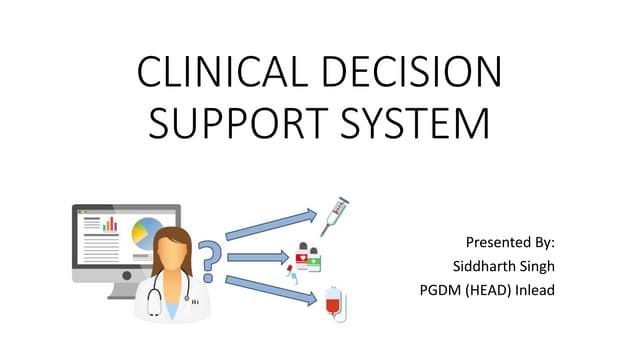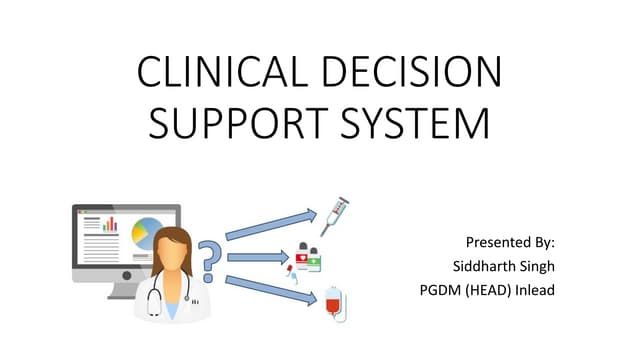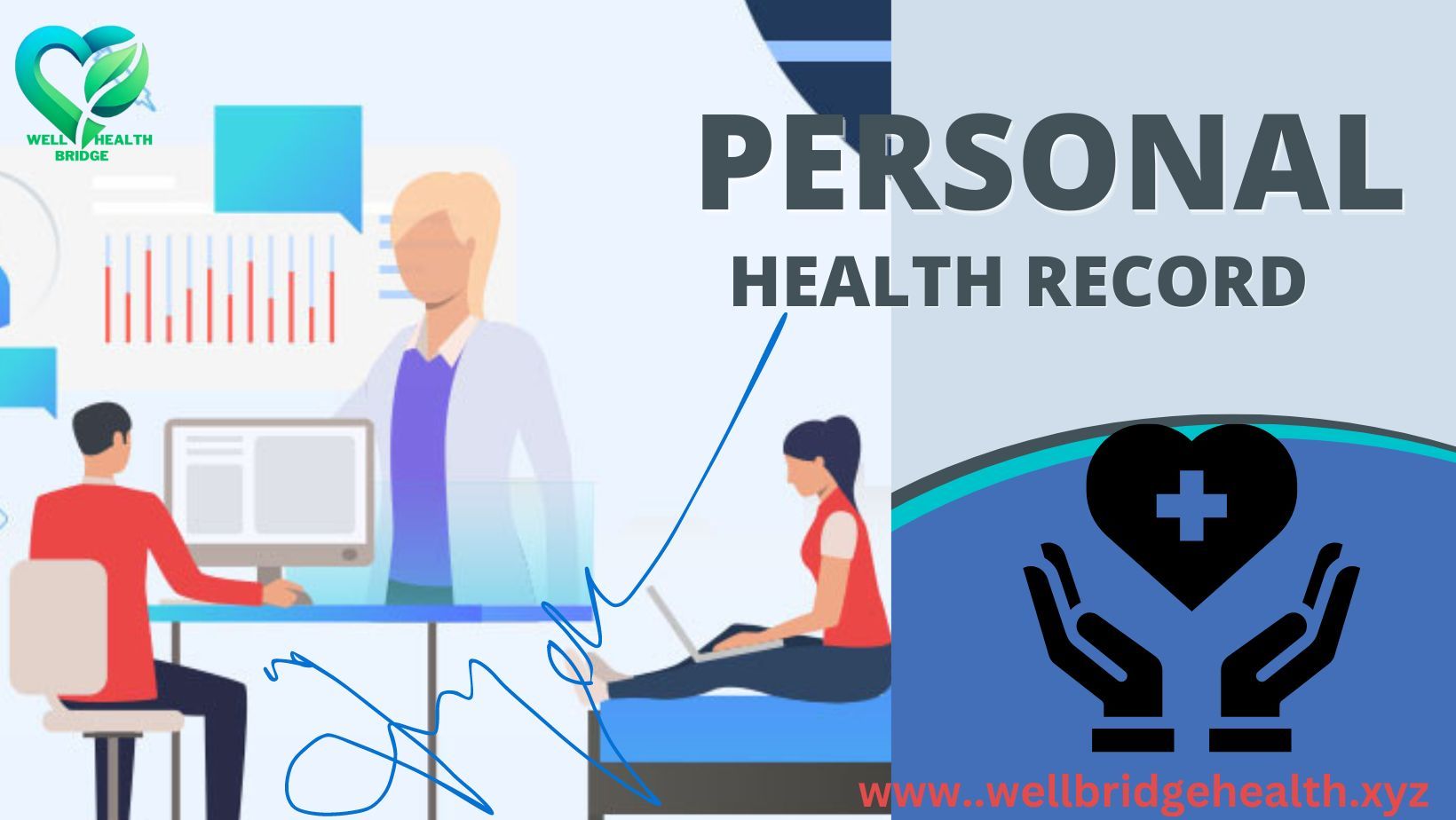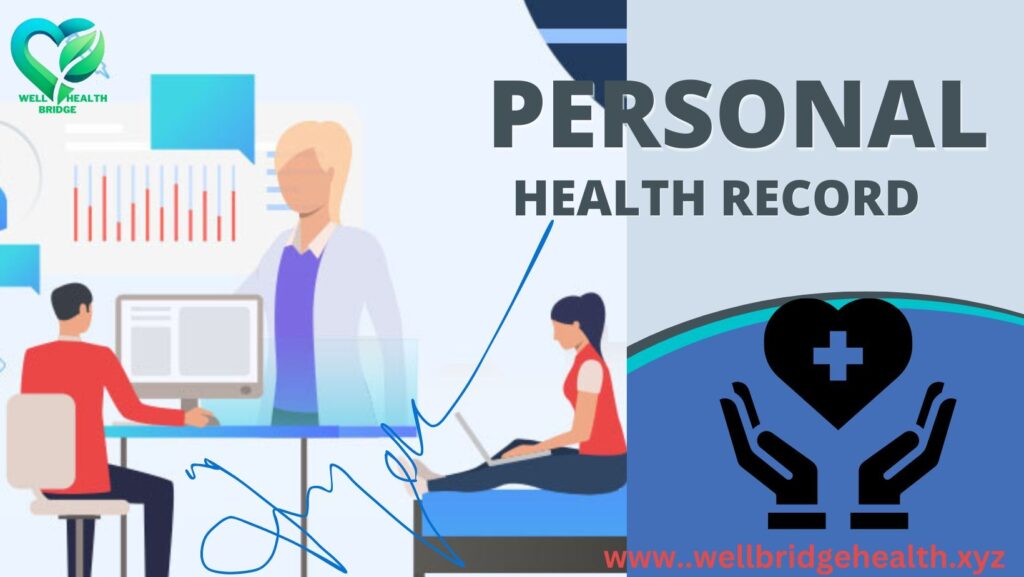
Introduction
Gum malady, moreover known as periodontal malady, is a common but genuine condition that influences the gums and the structures supporting the teeth. It can lead to tooth misfortune and has been connected to other wellbeing issues such as heart illness and diabetes. Understanding gum infection includes investigating its causes, recognizing its side effects, and knowing how to avoid and treat it effectively.
Causes of Gum Disease
Gum infection is fundamentally caused by the buildup of plaque—a sticky film of bacteria—on the teeth. When plaque is not expelled through customary brushing and flossing, it solidifies into tartar, which can bother the gums and lead to aggravation. There are a few chance variables that can contribute to the advancement of gum disease:
Destitute Verbal Cleanliness: Lacking brushing and flossing can lead to the aggregation of plaque and tartar.
Smoking or Chewing Tobacco: Tobacco utilize disables gum wellbeing and can make gum illness more severe.
Hereditary qualities: A few people may be hereditarily inclined to gum disease.
Hormonal Changes: Conditions such as pregnancy, menopause, and feminine cycle can influence gum health.
Therapeutic Conditions: Certain infections like diabetes and conditions that diminish insusceptibility can increment the risk.
Drugs: A few drugs can cause gum excess or diminish spit stream, influencing verbal health.
Destitute Nourishment: A need of fundamental supplements, especially vitamin C, can disable gum health.
Symptoms of Gum Disease
Gum infection frequently creates gradually and may not show recognizable indications in its early stages. Be that as it may, as the condition advances, the taking after signs may ended up evident:
Swollen or Delicate Gums: The gums may show up ruddy, swollen, and feel delicate to the touch.
Dying Gums: Dying, particularly amid brushing or flossing, is a common symptom.
Determined Terrible Breath: Halitosis or terrible breath can be a sign of gum infection.
Subsiding Gums: Gums may drag absent from the teeth, driving to recognizable gaps.
Free Teeth: In progressed stages, teeth may gotten to be free or move in position.
Changes in Nibble: A alter in the way teeth fit together when gnawing down can demonstrate gum disease.
Types of Gum Disease
Gum illness is categorized into two primary types:
Gingivitis: This is the early organize of gum illness and is characterized by aggravation of the gums. Gingivitis is ordinarily caused by the buildup of plaque and is regularly reversible with legitimate verbal hygiene.
Periodontitis: This is a more progressed frame of gum illness that happens if gingivitis is cleared out untreated. Periodontitis includes the pulverization of the tissues and bone supporting the teeth. It can lead to tooth versatility and inevitable tooth loss.
Treatment of Gum Disease
The treatment for gum malady depends on its seriousness. Early-stage gingivitis can frequently be overseen with moved forward verbal cleanliness hones, whereas more progressed periodontitis may require proficient mediation. Treatment choices include:
Scaling and Root Planing: This profound cleaning method evacuates plaque and tartar from underneath the gum line and smooths the root surfaces to advance healing.
Medicines: Antibacterial mouth washes, gels, or verbal anti-microbials may be endorsed to offer assistance control infection.
Surgical Methods: In cases of extreme periodontitis, surgical mediations such as fold surgery or bone unites may be essential to reestablish gum wellbeing and repair harmed tissues.
Way of life Changes: Stopping smoking, making strides count calories, and overseeing therapeutic conditions can help in the treatment and anticipation of gum disease.
Prevention of Gum Disease
Preventing gum infection includes keeping up great verbal cleanliness and receiving solid way of life propensities. Key preventive measures include:
Standard Brushing: Brush your teeth at slightest twice a day with fluoride toothpaste to evacuate plaque.
Day by day Flossing: Floss every day to clean between the teeth and beneath the gum line where a toothbrush cannot reach.
Schedule Dental Checkups: Visit your dental specialist routinely for proficient cleanings and checkups.
Sound Eat less: Eat a adjusted count calories wealthy in vitamins and minerals to bolster verbal health.
Maintain a strategic distance from Tobacco: Abstain from smoking or utilizing tobacco items, as they can increment the chance of gum disease.
Conclusion
Gum malady is a critical verbal wellbeing issue that can have genuine results if cleared out untreated. By understanding its causes, recognizing its side effects, and taking after viable treatment and avoidance methodologies, people can keep up sound gums and generally verbal wellbeing. Customary dental care and a commitment to great verbal cleanliness are fundamental for anticipating gum infection and guaranteeing a solid grin.


